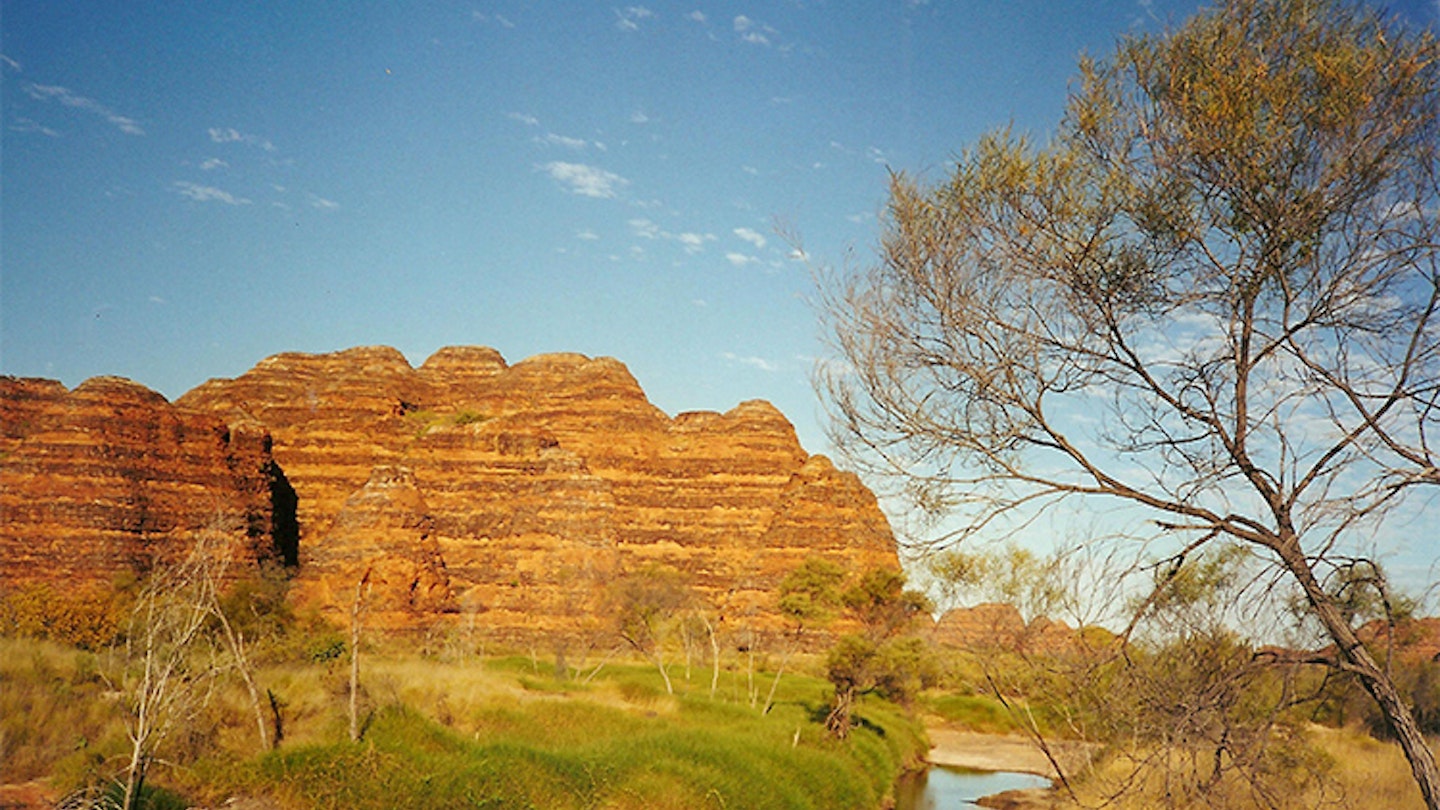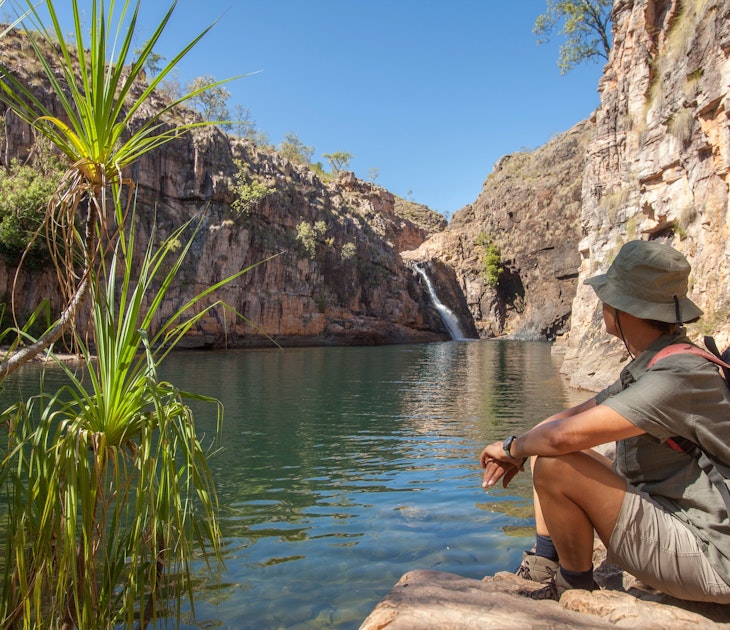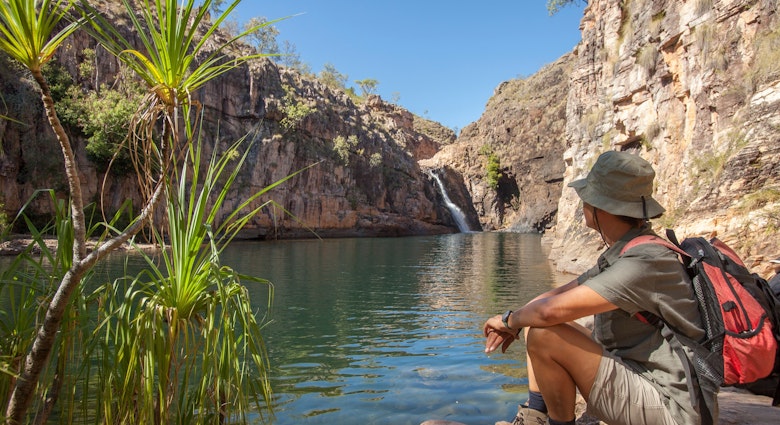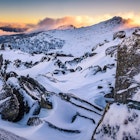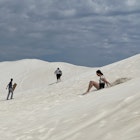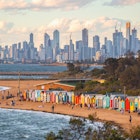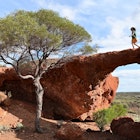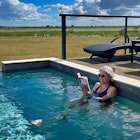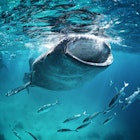No placename in Australia is more evocative than the Kimberley. Immense and sparsely populated, most Australians see the Kimberley as a wild, untamed region of spinifex deserts and croc-infested coastline.
Like all good myths, there’s an element of truth – the Kimberley is isolated (Broome is 2400km from Perth, 1800km from Darwin) and there are spinifex and crocodiles – but that’s not even the beginning.
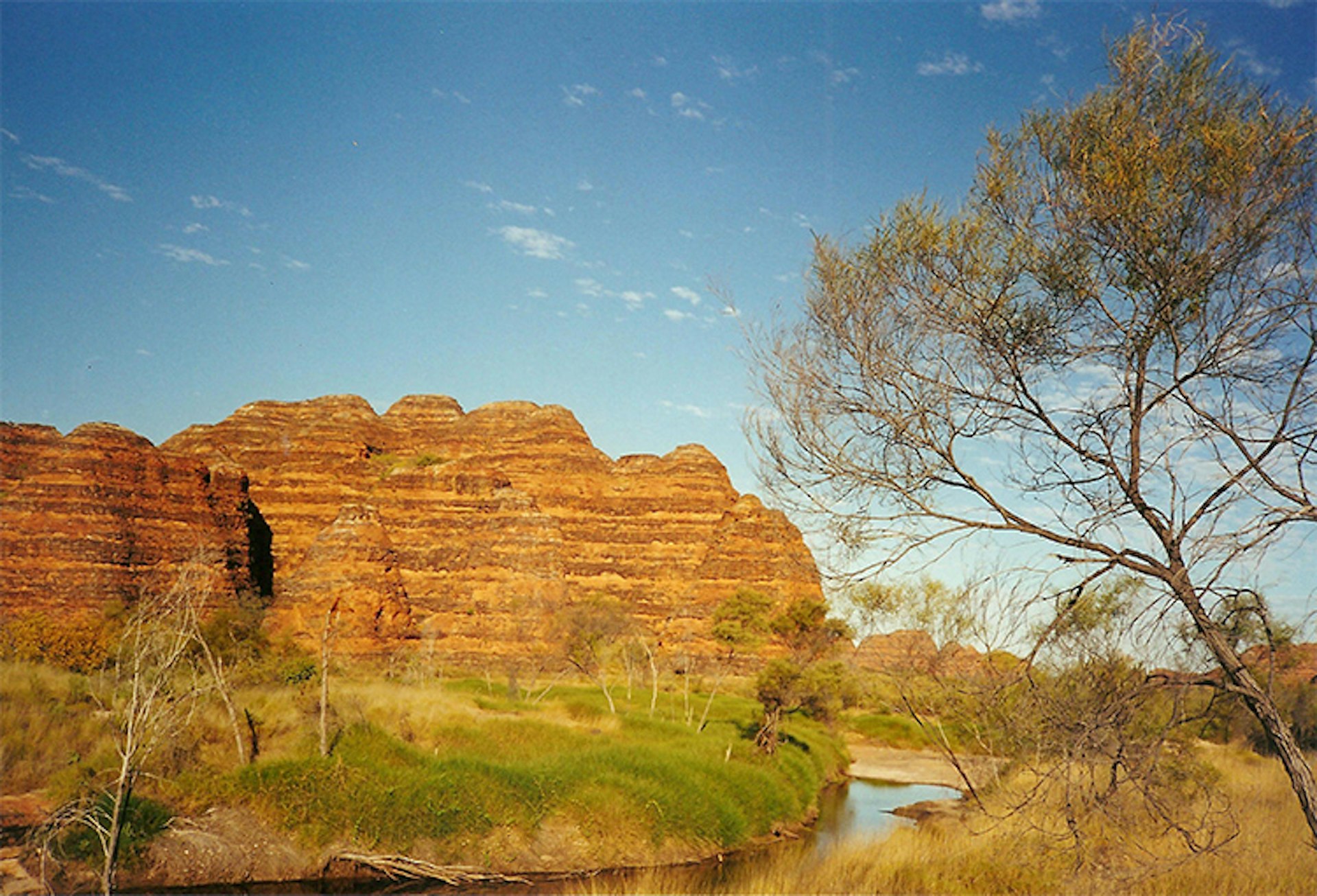
Nature rules supreme here. Vast tropical, boab-studded savannahs stretch to the horizon. Rocky ranges hide beautiful, palm-fringed swimming holes. Waterfalls tumble into remote gorges whose sides are adorned with ancient rock art. Thousands of migratory birds depend on the regions’ wetlands and threatened marsupials are making a comeback in dedicated conservation areas. Indigenous culture is returning to the land, and a trillion stars flood the night sky. Sure, there’s also dust, heat and a rugged coastline, but no one expects the Last Frontier to be easy, and that’s its allure.
Broome region
Sitting on the Kimberley’s far western edge, Broome lies squeezed between mangrove-lined Roebuck Bay and the turquoise Indian Ocean. Many flock to the town with romantic images of camels at sunset on famous Cable Beach. Yet Broome is not all resorts and photographs. The graveyards are a stark reminder of its pearling heritage, which claimed the lives of many Japanese, Chinese, Malay and Aboriginal divers. When the tide recedes, the ancient ribs of Catalina and Dornier flying boats bombed by the Japanese in WWII are exposed in Roebuck Bay, while 135 million year old dinosaur footprints lie uncovered at Gantheaume Point. The town’s small museum is a treasure trove of information.
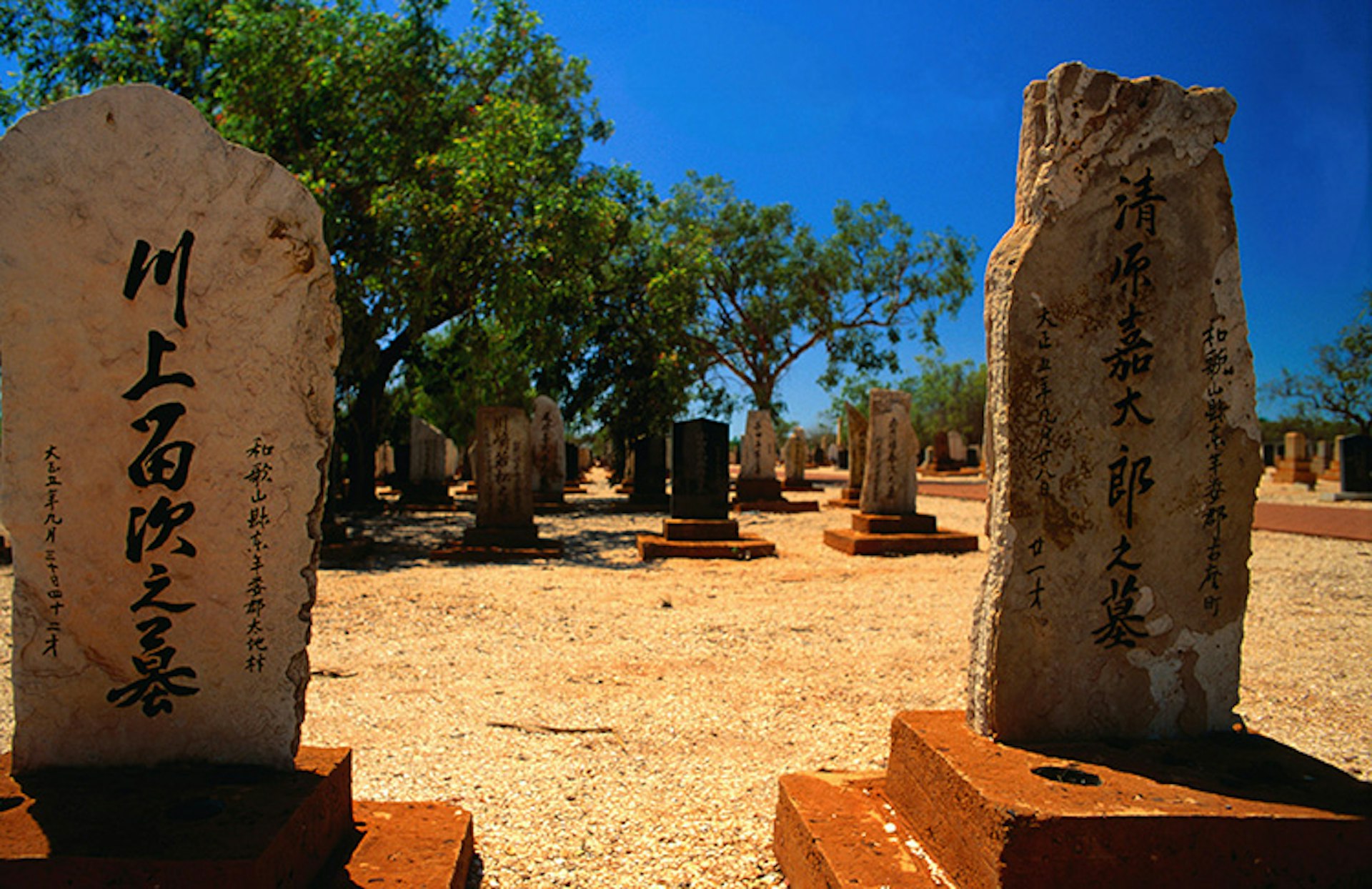
The Lurujarri Heritage Trail traces an Aboriginal song-line stretching some 90km along the coast from Cable Beach to Coulomb Point. The local Goolarabooloo (goolarabooloo.org.au) are the custodians of this country and offer guided trips several times a year, sharing their knowledge, stories and culture. Broome is also popular with bird watchers, and generations of Ospreys have made their nest in the Gantheaume Point lighthouse. The Broome Bird Observatory outside the town is the best place to look for waders and visiting shore birds.
The Gibb River Road
The legendary Gibb River Road, cutting a 660km swathe through the heart of the Kimberley, draws adventurers from across the world. Driving the full length is the highlight for many travellers. You’ll need a well-prepared, high clearance 4WD and you must be self-sufficient.
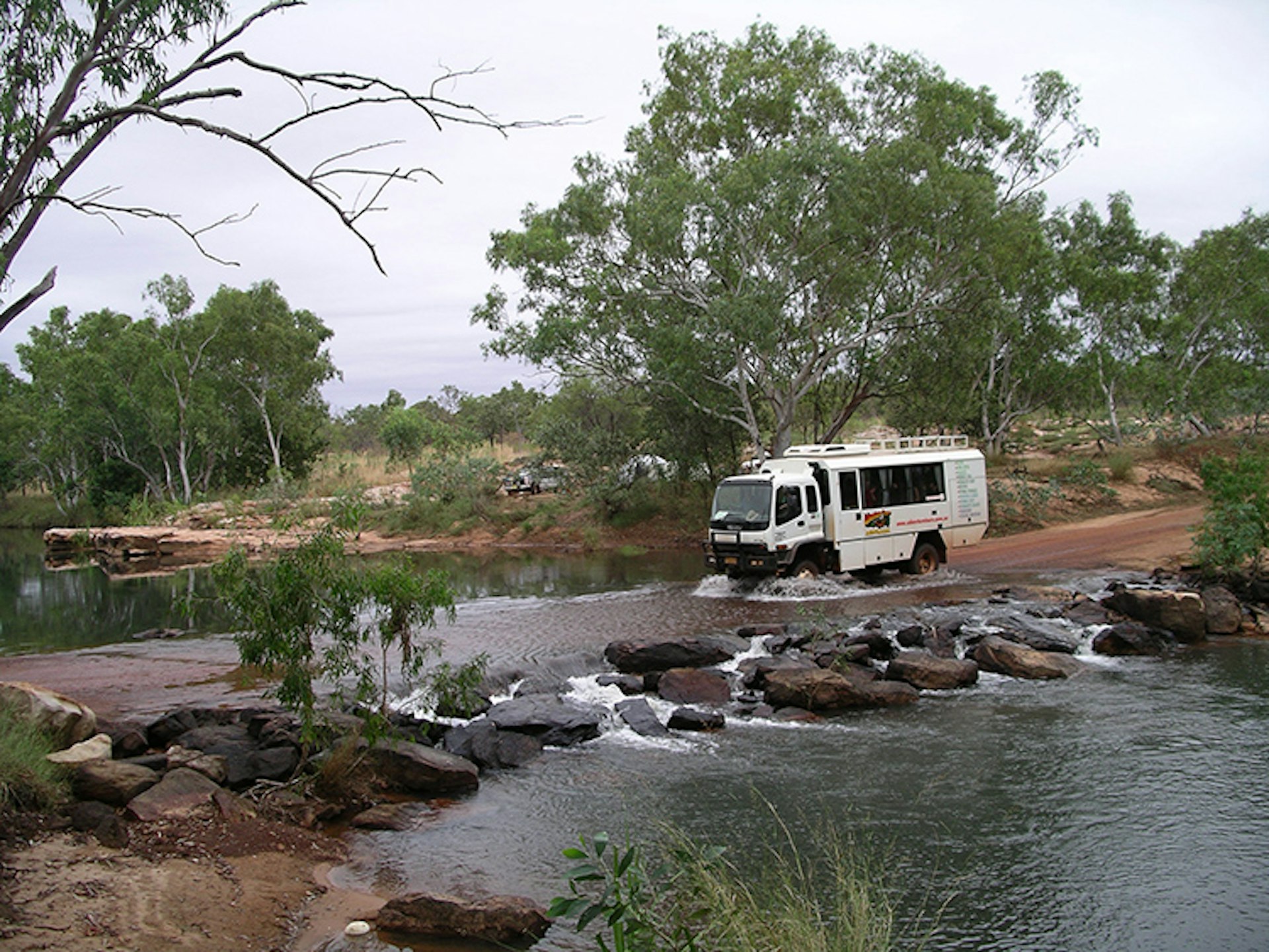
For a look at an original cattle station, drop into Mt Elizabeth. One of the few remaining private leaseholders, the Lacey’s 200,000-hectare spread makes a good base for exploring rock art in the nearby gorges. If you’ve had enough of the dust, head to the immaculate Home Valley Station, an Indigenous hospitality training resort where there’s nice green grass, a range of luxury accommodation, and a fantastic restaurant.
The superb Mornington Wilderness Camp, run by the Australian Wildlife Conservancy, is a long, lonely, incredibly picturesque 95km off the Gibb. Nearly 400,000 hectares are dedicated to conserving the Kimberley’s endangered species and visitors can birdwatch, bushwalk, or swim and canoe in the magnificent gorges. There’s an onsite bar/restaurant, and if you need a change from your swag, consider a glamped-up safari tent.
Indigenous endeavors
Waringarri, near Kununurra, is an excellent Indigenous art co-op showcasing work from the East Kimberley and Kalumbaru. Several other art co-ops are sprinkled across the Kimberley, set up by local communities to promote their own unique styles. Warmun deals mainly in natural ochres, while Mowanjum at the start of the Gibb are custodians of the powerful Wandjina and Gwion Gwion images.
Along the Dampier Peninsula, neat, low-key Indigenous communities offer various accommodation from bush camping (Middle Lagoon) to cabins (Lombadina) and safari tents (Chile Creek). Some of the smaller outstations offer Indigenous cultural activities including spear-making, mud-crabbing and fishing.
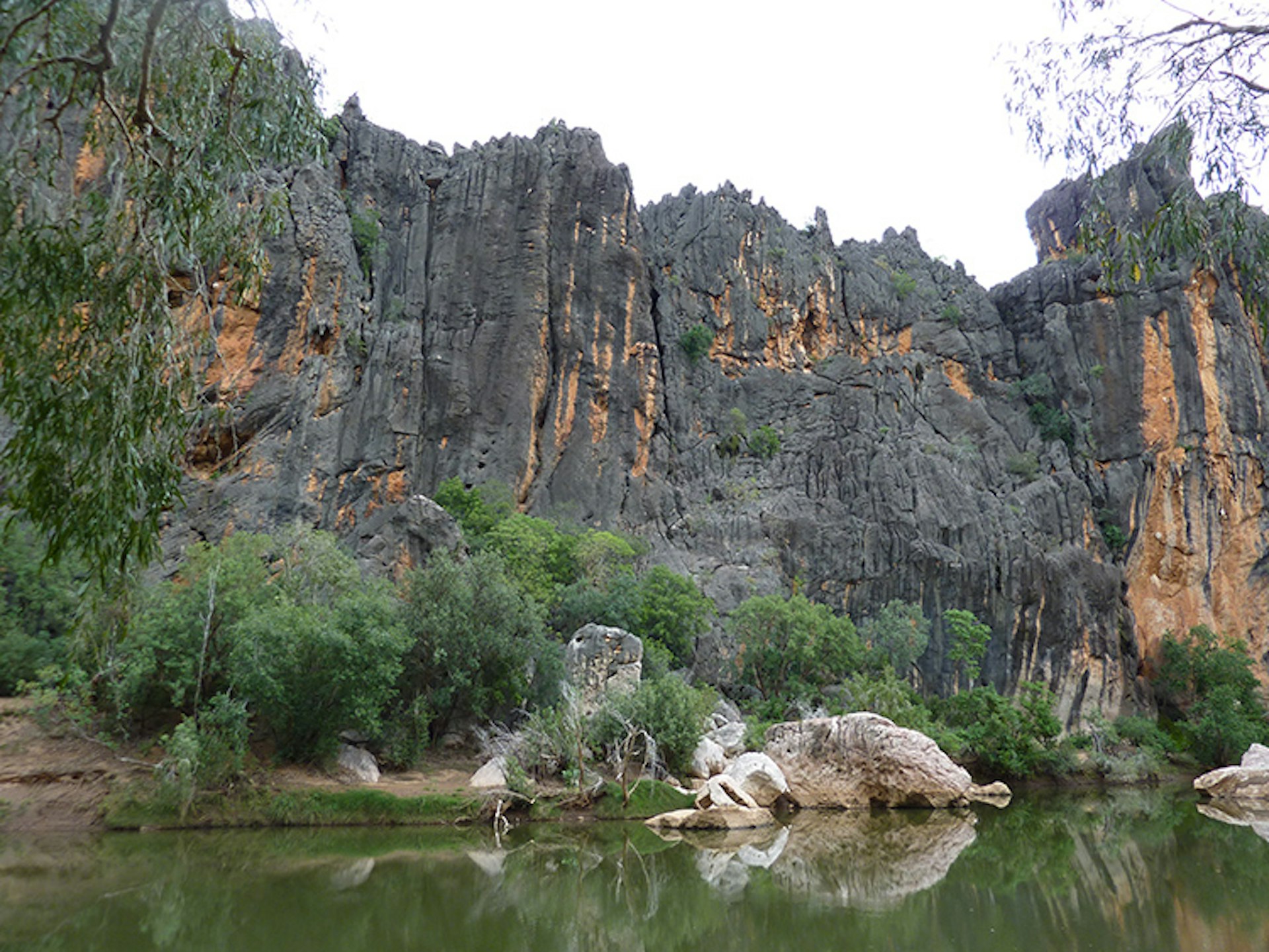
National parks
No trip to the Kimberley would be complete without a visit to the Devonian Reef National Parks: Geikie Gorge, best enjoyed by boat cruise with an Indigenous guide; Tunnel Creek, a kilometre long underground river used by the rebel Jandamarra as a hideout; and exquisite Windjana Gorge, with it’s myriad of freshwater crocodiles.
World Heritage Purnululu National Park is home to the incredible Bungle Bungle Range, peculiar orange sandstone domes rising straight out of the spinifex. Sights like Cathedral Gorge and the sunset from Kungkalanayi Lookout will blow your mind on the drive in.
When you leave the Kimberley, wherever you end up, the colours will never be as strong, the sky not as blue, the earth not as red. You’ll never see the same stars again, until next time. Oh, and you’ll never get that red dust out of your clothes.
